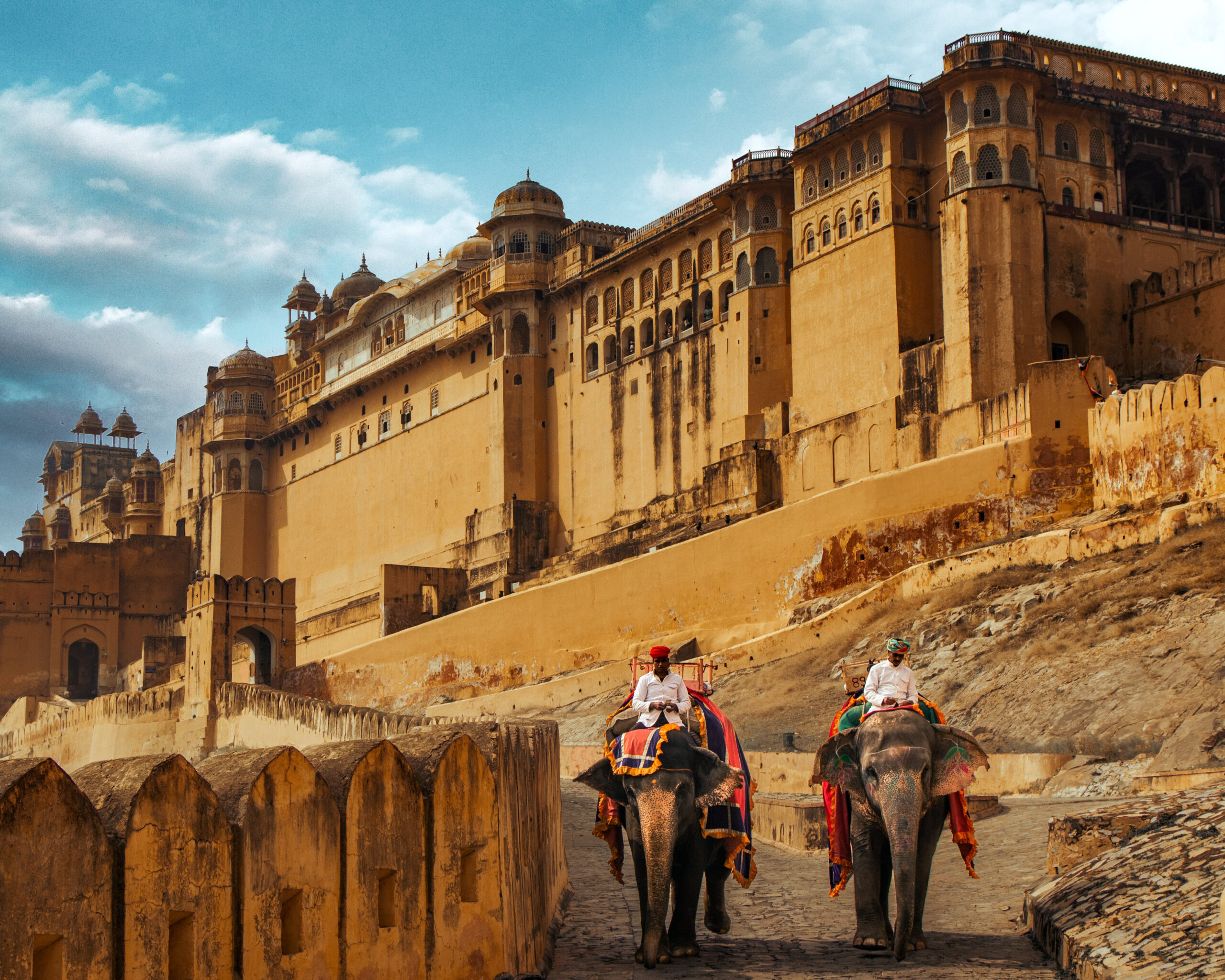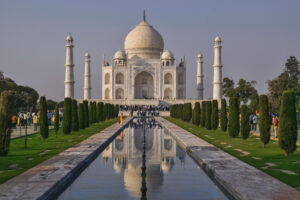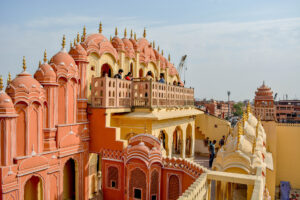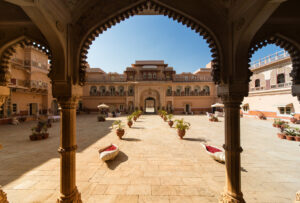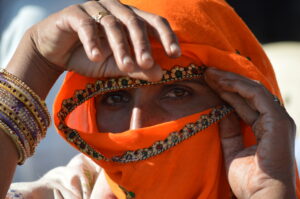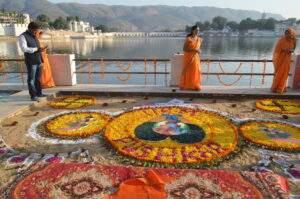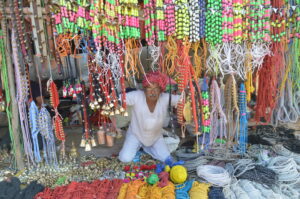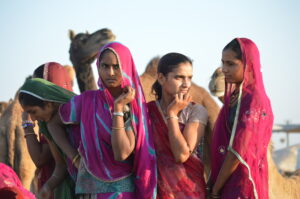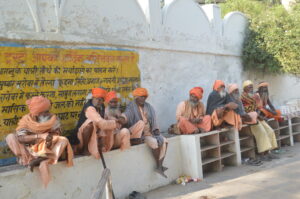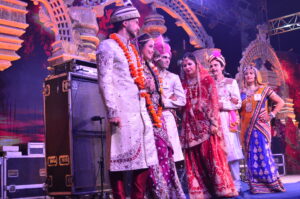Description
Group Size: Max. 25 participants per group
Tour Grading: Easy
Activity: Cultural, Arts, and Heritage
Sights: Qutub Minar, Red Fort, Taj Mahal, Amer Fort & City Palace
Best Season: January, February, March, April, September, October, November & December
Trip Route: Delhi-Agra-Jaipur
Overview: India’s most demanding tourist circuit, which includes Delhi, the National Capital of India, has many heritage monuments, e.g. Qutab Minar, Red Fort, etc. The other destination is Agra, which has a world heritage monument called the Taj Mahal & Agra Fort, followed by Jaipur which has many wonderful Royal monuments like City Palace, Amber Fort, etc.
Trip Highlights
- Dilli Haat (traditional market), Connaught Place Shopping area, & Jantar Manter
- combined sightseeing tour of New Delhi
- Jama Masjid, the largest mosque in India, at a height of 40m
- Qutub Minar is the highest, finest stone tower in India, one of the finest Islamic structures ever raised, and Delhi's most recognized landmark.
- Taj Mahal- Described as the most extravagant monument ever built for love
- The Pink City of Jaipur
- Chokki Dhani, the Ethnic Village Resort
Day 1: Arrival in Delhi
Delhi: Perhaps there is no other capital city in the world so steeped in history and legend as the Indian capital, Delhi. It was the magnet, that drew the Mongols, Turks, Persians, Afghans, Mughals, and the British, all of whom contributed to its glorious but turbulent past. The fascination with Delhi was such that even though it was abandoned many times, its rulers returned to it again and again, rebuilding it at least seven times. Today, the twin cities of Old and New Delhi still intrigue Indians and tourists alike as the cultural and political capital of the largest democracy in the world.
Sights: Dilli Haat, the traditional market, Connaught Place Shopping Center; & Jantar Mantar.
Overnight in the hotel.
Day 2: Explore Delhi Sights
Jama Masjid is the largest mosque in India, at a height of 40 meters, where you can view Delhi from the minarets of this last architectural project by Shah Jahan.
Qutub Minar: In 1199, Qutbuddin raised the Qutab Minar either as a victory tower or as a minaret to the adjacent mosque. From a base of 14.32 meters, it tapers to 2.75 meters. at a height of 72.5 meters. It is still the highest and finest stone tower in India, and one of the finest Islamic structures ever raised, and it is indeed Delhi’s recognized landmark. It was completed by the Sultan’s successor and son-in-law, Iltutmish. The tomb of Iltutmish, which he built in 1235, is nearby, Its interiors are profusely decorated with calligraphy, though the dome has collapsed ever since.
Old Fort: It is believed that the Pandavas built their capital, Indraprastha, at the place where the old fort stands today. This fort, now in ruins, was the seat of administration for many emperors. The legendary Prithviraj Chauhan ruled from here till he was defeated by Abdali in the battle of Panipat
Safdarjung Tomb: The Safdarjang Tomb is located beside Safdarjung Airport. This tomb was built by the Nawab of Avadh for his father. The structure is one of the finest examples of architecture of its time and narrates a saga of the last remnants of a dying empire.
Rajpath & India Gate: Flanked by ornamental ponds and lawns, Rajpath is host to the Republic Day Parade. The two secretariat buildings and Rashtrapati Bhawan on the Raisina hills are located on the two sides of this immensely broad road. Previously, the Boat Club, besides the Rajpath, was host to many demonstrations and rallies. India Gate is towards the eastern end of Rajpath. India Gate is a 42-meter-high stone arch of triumph. It bears the name of the 85,000 Indian Army soldiers who died in the campaigns of WW1, the North-West Frontiers operations, and the 1919 Afghan Fiasco. Below the arch is the memorial to the unknown soldier. India Gate is surrounded by green grass lawns and trees. Humayun Tomb: built by the wife of Humayun, Haji Begum, in the mid-16th century, this red sandstone structure is considered to be the predecessor of the Taj Mahal. The structure is one of the best examples of Mughal architecture. Humayun’s wife is also buried in the red and white sandstone, black and yellow marble tomb.
Bhai’s Temple: Completed in 1986, the Bahai temple is set amidst pools and gardens, and adherents of any faith are free to visit the temple and pray or meditate silently according to their religion. The structure is in a lotus shape, so it is often called the lotus temple. The view of the temple is very spectacular just before dusk when the temple is floodlit.
Overnight in ther hotel.
Day 3: Drive to Agra, sightseeing
Sikandara: En route, you will be visiting Sikandra, which is 18 km before Agra.
Six miles north of Agra is a glorious introduction to the city of Mughal wonders, Sikandra. The site of Akbar’s mausoleum, Sikandra, was begun by Akbar and completed by his son Jehangir in 1613 AD. It reflects the fusion of Hindu and Muslim art and architecture that characterized the era. The tomb is situated in the center of a large garden, and four identical red sandstone gates lead to the tomb complex. The building, with three-story minarets at each corner, is built of red sandstone with white marble polygonal patterns inlaid. Sikandra is named after Sikandra Lodi, the Delhi ruler who was in power from 1488 to 1517.
Taj Mahal: Described as the most extravagant monument ever built for love, it was constructed by Mughal emperor Shah Jahan as a memorial to his queen Mumtaz Mahal. Made out of white marble, it took 22 years to complete (1630–1652 AD). Ustad Ahmad Lahori, a Persian architect, is said to be the main designer and planner for this magnificent memorial. On full moon nights, the glory of the Taj is at its best. Over the centuries, the Taj has attracted more visitors than perhaps any other monument in the country, and it is all too easy to resort to conventional superlatives when describing it. What makes the Taj unique is its perfect proportions, distinct femininity, medium of construction, and ornamentation. Its marble exterior reflects rose and golden tints at sunrise and sunset, while it is dazzling white during the day and glows pearl-like in the moonlight and during the monsoon.
Agra Fort: Construction of the massive red sandstone Agra Fort on the bank of the Yamuna River was begun by Emperor Akbar in 1565, though additions were made up until the rule of his grandson, Shah Jahan. In Akbar’s time, the fort was principally a military structure, but during Shah Jahan's reign, it had partially become a palace. It is an imposing structure with walls of red sandstone that are almost three kilometers long. Entered through the Amar Singh Gate, the eastern part of the fort contains the palace, audience hall, and mosques built by three emperors. The fort presents a good sampling of their favored architectural styles.
Akbar drew on Islamic and Hindu traditions, and the result is eclectic. By Shah Jahan’s time, the style had become so homogenized that it was impossible to separate the Hindu and Muslim strands. The Diwan-i-Am (public audience hall), the beautiful Diwan-i-Khas (private audience hall), and the magnificent Moti Masjid (Pearl Mosque) were also added by Shah Jahan. After visiting these two monuments, return to the hotel. The evening is free for shopping or leisure.
Overnight in the hotel.
Day 4: Drive to, Sightseeing
Fatehpur Sikri: En route to Jaipur, visit Fatehpur Sikri, which is 40 km from Agra, built by Emperor Akbar in 1569 and abandoned after 15 years due to the scarcity of water. See the graceful buildings, including the Jama Masjid, Tomb of Salim Chisti, Panch Mahal, and other palaces, and visit the Bharatpur Bird Sanctuary.
Jaipur has been called the Pink City ever since Maharaja Sawai Jai Singh II built it in 1727. It is the only city in the world, symbolizing the nine divisions of the universe through nine rectangular sectors subdividing it. The architect who formalized the city’s plans on the Shilpa Shastra, the epic Hindu treatise on architecture, mixed it with the sublimate of the Mughal and Jain influences of those times. Except for the busy traffic of bicycles, cars, and buses, little seems to have changed.
Overnight in the hotel
Day 5: Explore Jaipur
Amer Fort, built in the 16th century by Maharaja Man Singh, sprawls on the hillside. Its construction was started by Raja Man Singh but completed by his descendant, Jai Singh. Amber is the classic romantic Rajasthan fort palace. Amber today is nothing but a reflection of the glorious past of the fierce Kachwaha Dynasty that ruled over this region from the 12th to the 18th centuries. The Amber Fort is built in red sandstone and white marble; the palace complex has very interesting apartments. The old township of Amber lies at the foothills of the palace and has an old-world charm. The rugged walls of this fort may not look beautiful from the outside, but the interior is a virtual paradise, and painted scenes of hunting and war adorn the walls along with precious stones and mirrors set into the plaster.
Here, enjoy the elephant ride to Fort, which gives you another experience.
Jal Mahal: The Jal Mahal Palace at Jaipur lies on the way to Amber, and it is at a distance of 6.5 km from the striking city of Jaipur. There are many memorials of the royal families that tourists can visit on their way to the palace. The Jal Mahal Palace in Jaipur is strategically placed in the center of the Man Sagar Lake. It is inspiring to see the first four floors of this fabulous building, which are submerged under the waters of the lake. Only the top floor of this beautiful palace is visible to the watcher. The lake and the palace offer some of the best views that are simply a feast for the eyes
City Palace, known as the core of Rajasthan, is situated in the heart of the city. The palace is now converted into a museum, except for one section where the erstwhile royal family still lives.
The palace with a museum is constructed in the fortified campus style and covers more than half of the old city. There are different sections of the museum dedicated to subjects like arms and ammunition, textiles and costumes, and art galleries. A pride of peacocks adorns an ornate doorway in Jaipur’s City Palace. Palace retainers stand at attention, as in the past when Jaipur Court was headquartered here. The palace is now a fine museum and houses a remarkable collection of textiles, paintings, manuscripts, and extraordinary weapons. On display are two huge urns of silver, said to be the largest silver vessels in the world. Nakkarkhana-ka-Darwaza, the imposing gateway of the City Palace guarded by stone elephants, is monumental.
The Albert Museum is one of the oldest museums in the state. Colonel Sir Swinton Jacob designed it in 1876 to greet King Edward VII as Prince of Wales on his visit to India. It was opened to the public ten years later. Positioned amidst the gardens of Ram Niwas Bagh in Jaipur, this museum has an assortment of rare articles on display, including textiles, carpets, paintings, metal and wood crafts, pottery, arms and weapons, flora and fauna of the state, toys, dolls, and even an Egyptian mummy that belongs to the Ptolemaic Epoch. It is also known for housing the famous carpet, which portrays the scene of a Persian garden carpet with running water streams that were bought at a dear price from Shah Abbas of Persia, by Mirza Raja Jai Singh I. It also puts on display the miniature paintings of several sub-schools of Rajasthan.
Hawa Mahal, or the Palace of the Winds, is a fantasia of 953 ornated windows set in a rose-colored five-story facade. The palace has tier upon tier of curved arches surmounting fairy casements with “jali"—latticework screens. From here, the ladies of the court could look out at festive processions without jeopardizing their modest seclusion.
Chokki Dhani is an ethnic village resort where every night they organize the Rajasthani folk dances followed by a traditional Rajasthani dinner.
Overnight in the hotel.
Day 6: Jaipur to Delhi, Departure
After breakfast, drive to Delhi and later transfer to the International airport to the onward destination

